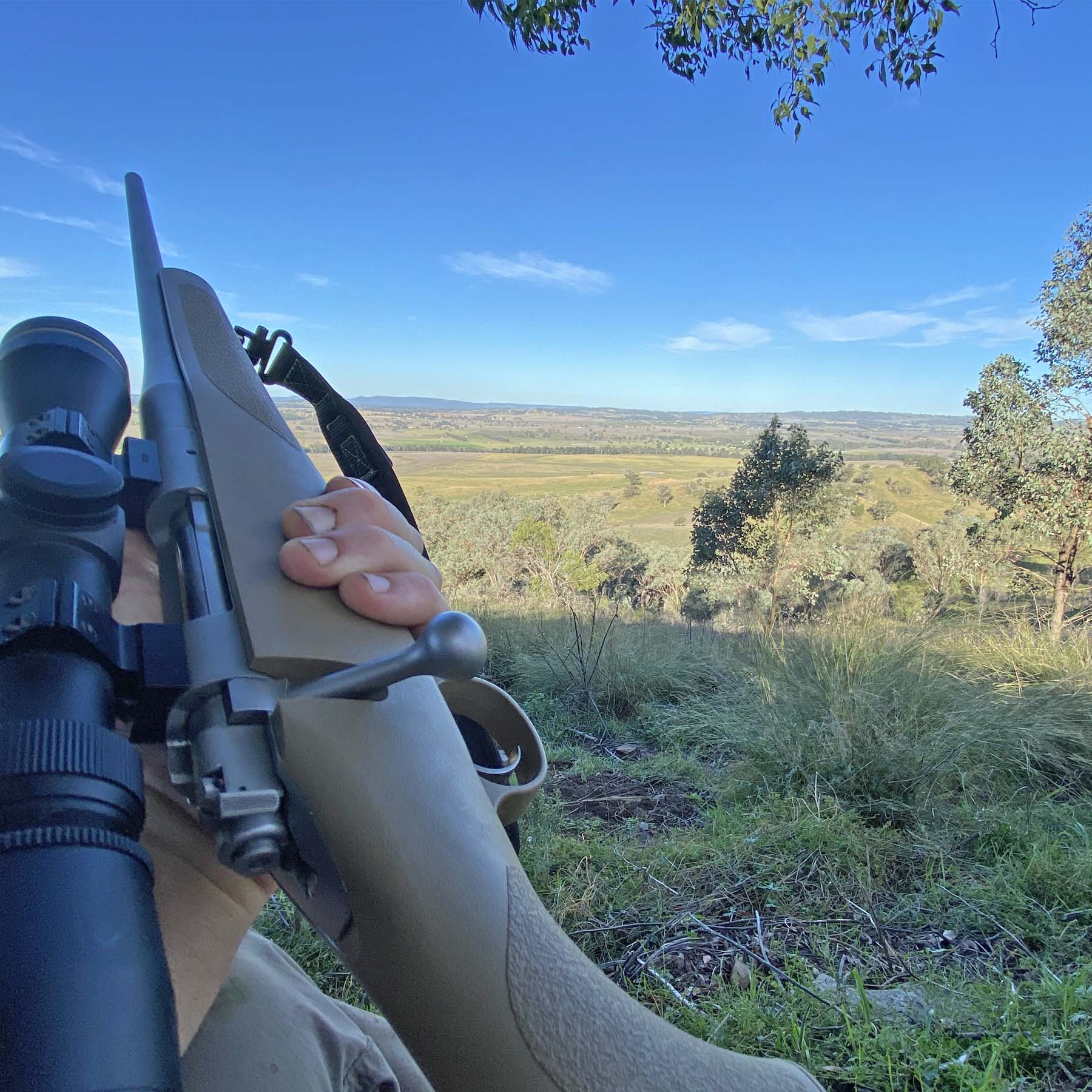Q: How much does altitude affect velocity and other factors? You collect most of your data at about 900m (3000 feet) altitude. If I were to use that data at the Malabar range (sea level, for all intents and purposes) would I have to consider making any changes to, say, the amount of powder used?
Should I expect to see any difference in muzzle velocity?
Anthony Bessinger
A: There wouldn’t be the slightest difference in velocity of a round if fired at 900 metres and sea level, other than that which could be attributed to using a different lot of powder and a rifle with different chamber specifications.
This is actually a very minor difference in altitude. I have hunted on the plains in Africa and high mountains in New Zealand, Canada and Alaska and have never noticed the slightest difference in my rifle’s trajectory and point of impact.
The temperature, relative humidity and barometric pressure all have an effect upon trajectory, and army snipers have a spotter who uses instruments to measure these conditions before he takes a shot at very long range. Air resistance and cumulative drag are influenced by atmospheric conditions which create an apparent change in the ballistic coefficient (BC). It is ‘apparent’ because the projectile only behaves differently because of outside changes.
The actual BC remains the same if based on standard atmospheric conditions: altitude at sea level, temperature 15°C (59°F), relative humidity 78% and a barometric pressure of 1002hPa (29.58”Hg).
An apparent higher BC results when the pressure decreases, and humidity, temperature and altitude increase. The BC will appear lower if the above conditions are reversed.
Most factory figures are converted and reported at standard conditions.
All of the above-mentioned factors influence testing for BCs. There’s also an effect from the firearm, the amount of twist in the barrel and the velocity.
Getting down to the nitty-gritty: Air density grows thinner as we rise above sea level, reducing drag on the projectile. The percentage of sea-level density is about .94 at 600m (2000ft), .88 at 1200m (4000ft), .83 at 2400m (8000ft), and .73 at 3000m (10,000ft). A projectile’s trajectory and ballistics are affected, but not as much as you might think. One of the main reasons for such a small change is that the flight time is reduced very little.
For example: a 180gn .30-calibre bullet with a muzzle velocity of 2700fps at 10,000ft and a 300yd shot would require a lower elevation, compared to sea level, of only ½ minute of angle. If the bullet could be fired in a complete vacuum, the elevation change would be only .7 MOA difference. Bear in mind that a minute is 1/60 of a degree, so that is a very small change.
That’s the theory. Now for the practical. There may be a good deal of difference in bullet drop at, we’ll say, 400yd, at sea level and at 10,000ft elevations. As far as the hunter is concerned, it is impossible to estimate exactly how much difference there will be. All the information available has been computed and the computations are for what may be considered average conditions.
As the difference in drop at various elevations is based on air density, any change in atmospheric conditions will influence day-to-day bullet impact. As we have seen, these changes are not great but they are there, and there is no way the hunter can compensate for them in hunting country.
This is why it is always a good idea to check the sighting of your rifle in the area where you will hunt, make corrections if necessary, and then use the same hold you normally do at that range. Don’t guesstimate and start allowing what you think is the right amount.
If you do miss with the first shot high or low, correct with a second shot, but in my experience, the chance of a miss due to altitude out to 400yd or so with most high-velocity cartridges is very small.
While there is no way you can know exactly what elevation you will shoot at, or exactly how much that elevation and prevailing atmospheric conditions will affect bullet drop, the flatter the bullet flies, the less chance you’ll have of scoring a miss.
However, you can reduce your chance of a miss by picking a bullet with a high BC and loading it to the highest velocity your cartridge and rifle will handle for trouble-free hunting use.
Gotta admit, however, that when I hunted high in the Alberta Rockies, I never checked my POI or scored a miss. So maybe it’s much ado about nothing!

0 Comments